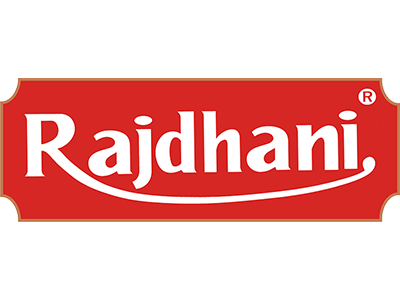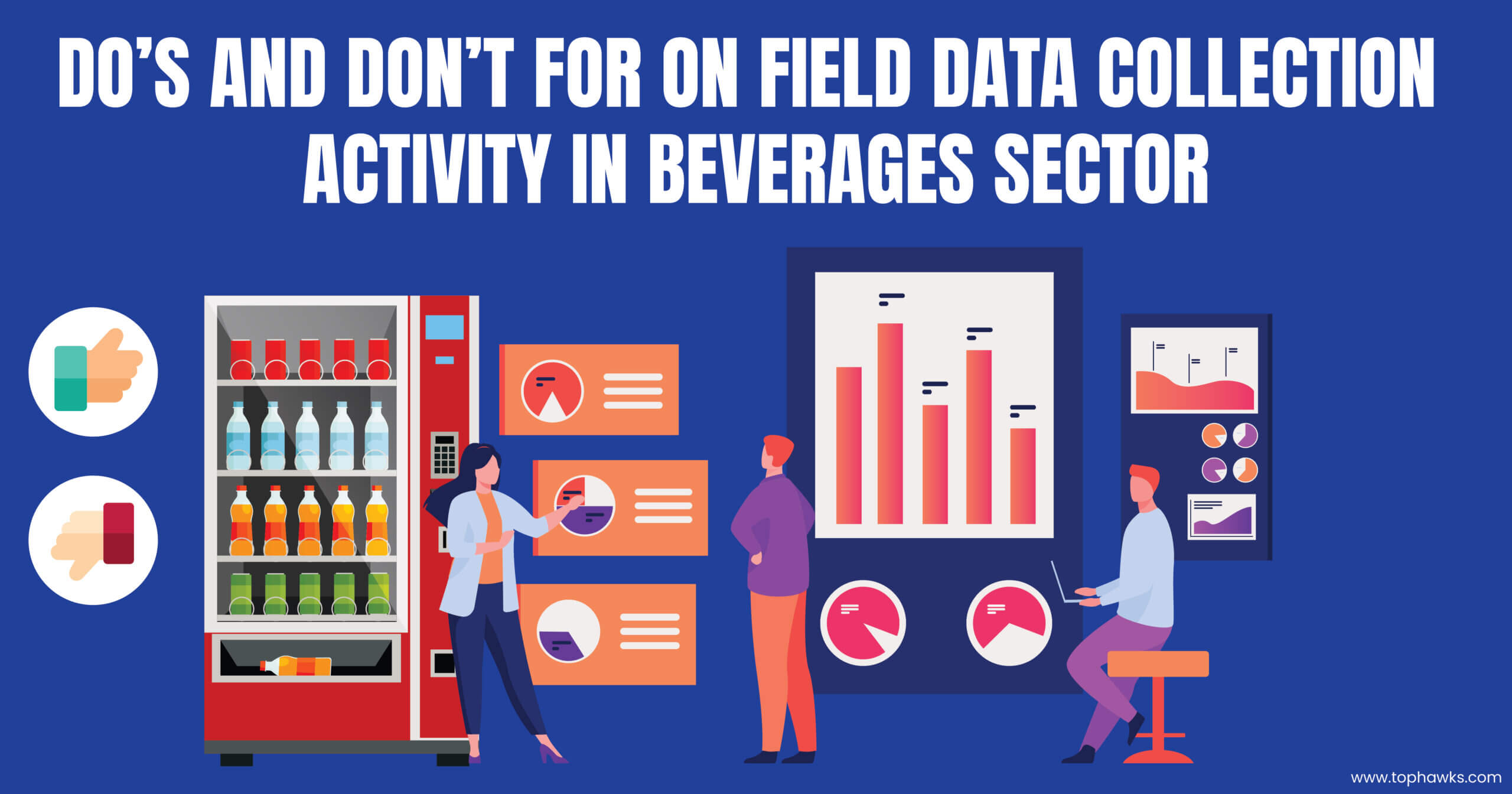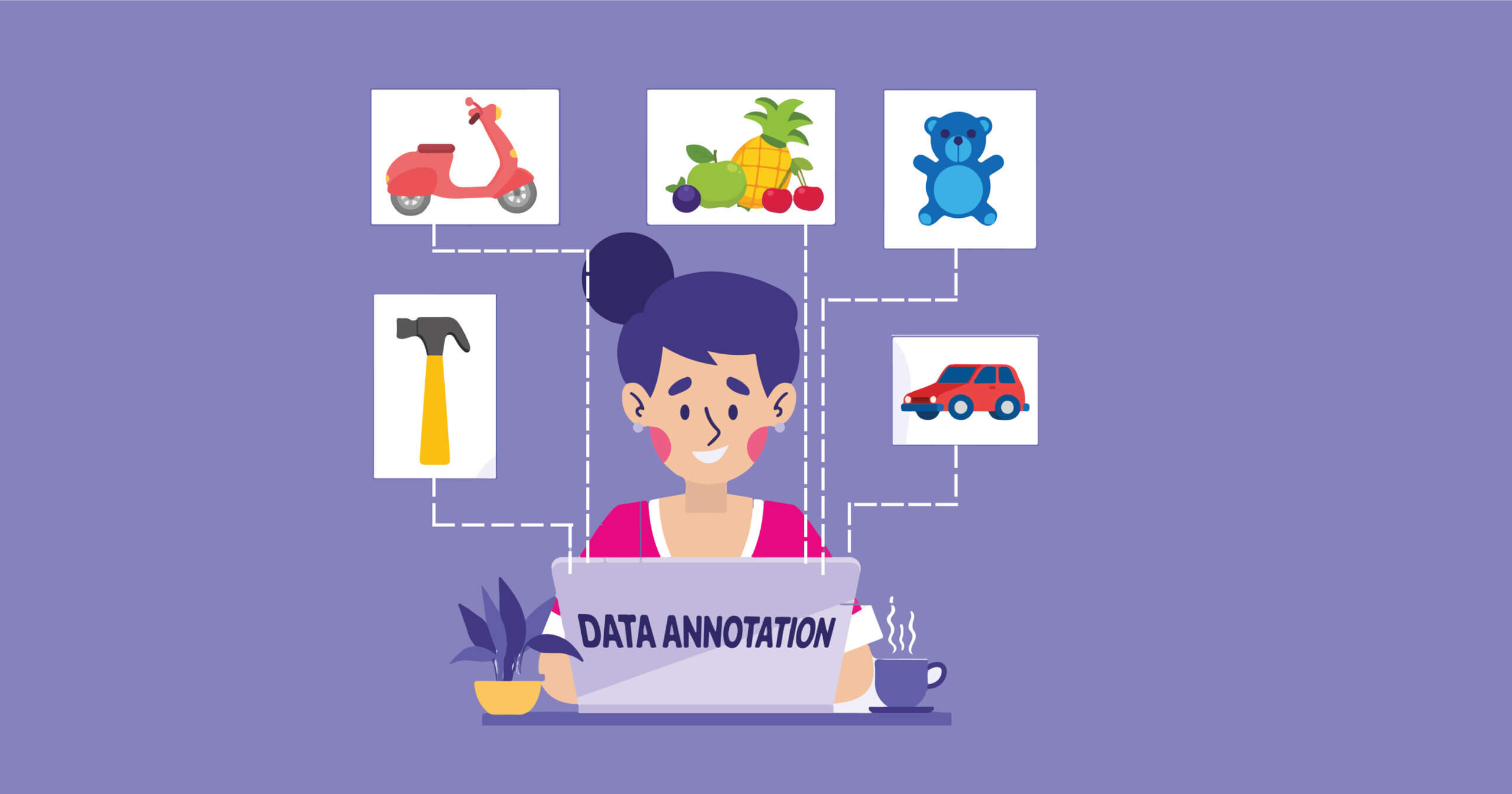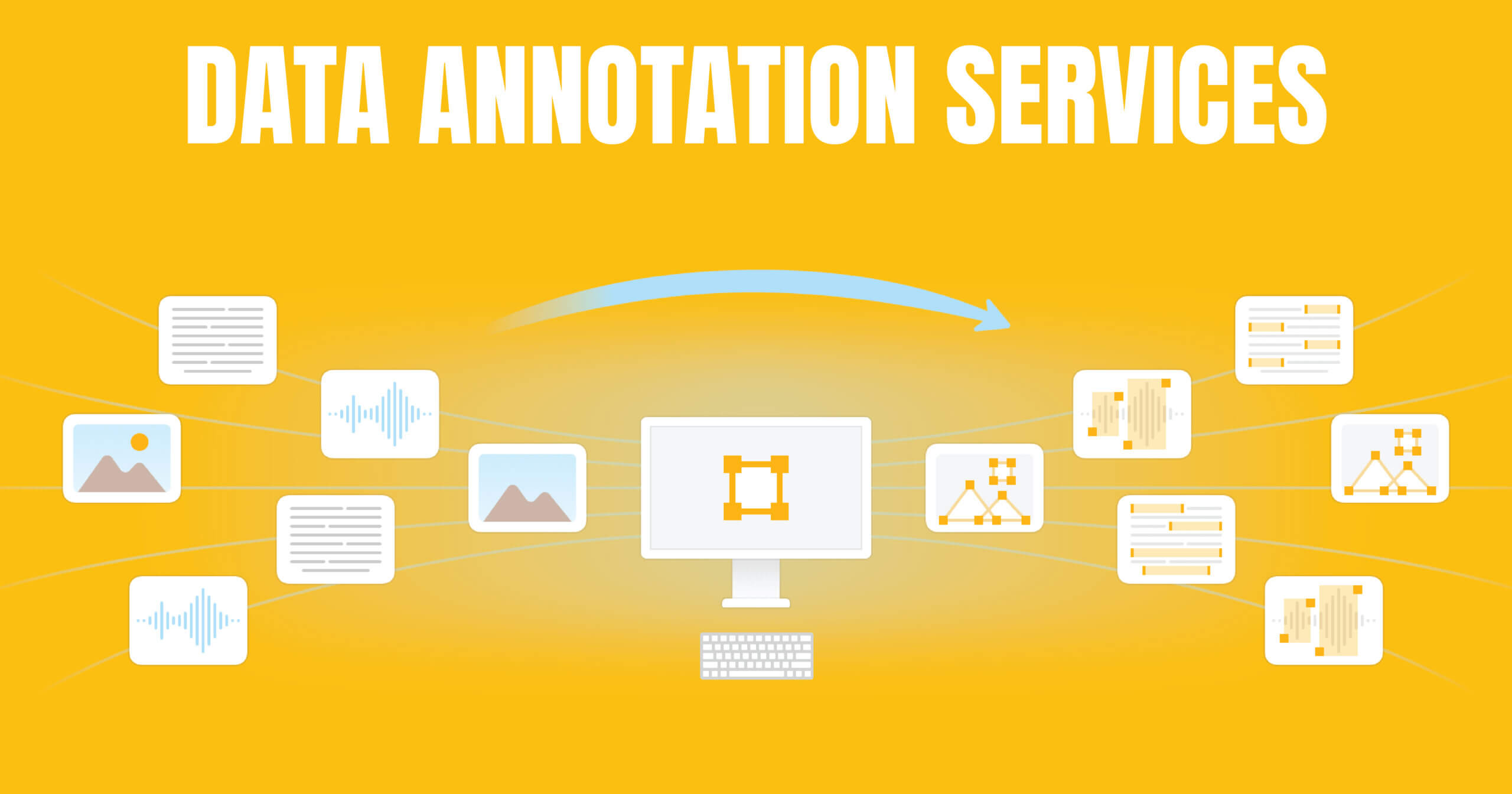Types of data annotation and their benefits
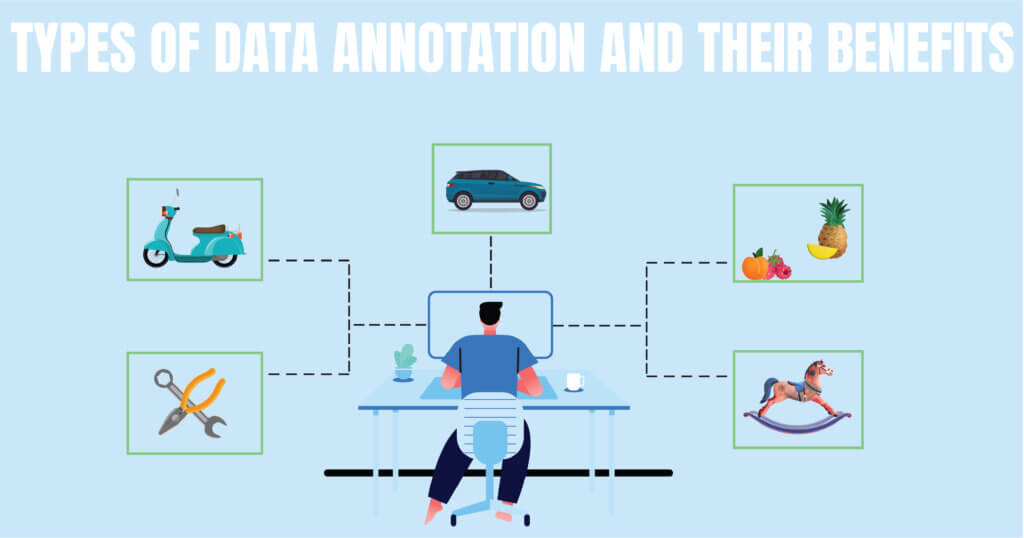
In this article, we will go in a bit deeper into the most commonly known types of Data annotation and how they have benefited us in the development of artificial intelligence
Text Annotation
Text annotation is the process of labeling certain meanings onto words, they could be small phrases or even long sentences. We do this by providing Artificial intelligence models with additional information such as definitions and intent which enables them to determine the sentiment
embedded in the text.
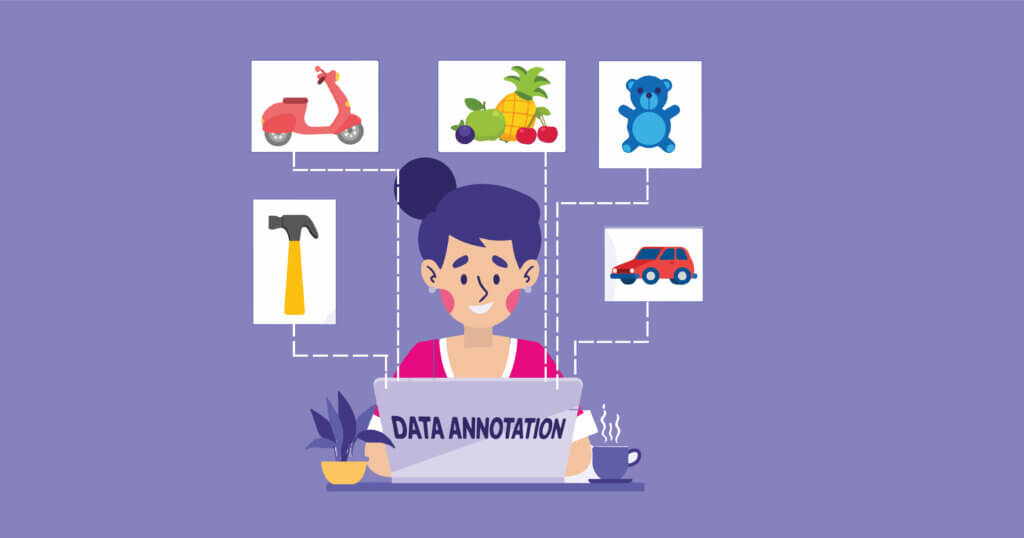
It is one of the foundational steps to make Artificial intelligence understand the words we use for communication.
Our language is evolving, we use informal slang language and short-forms nowadays and AI needs to keep up with these changing trends.
Video annotation greatly benefits the transport and automobile sector and will enable better traffic management.
You might have heard that tesla self-driving cars are the future, the reason that they aren’t already here is that accurate annotation of many roads, pedestrians, animals, street signals are still a work in progress.
It takes more than just motion sensors for AI to drive the car.
An automated video surveillance enabled with a video labeling model can identify persons by recognizing facial features and can classify human actions/activities.
Audio annotation
If you’ve wondered how Siri, Alexa, and Google assistant recognize your voice / understand our language, it is due to audio annotations that make it possible for AI to make sense of the sounds we make.
Be it the sound of traffic, nature, vehicle movement, human conversation, or any other unnatural sound – it can be made understandable to machines.
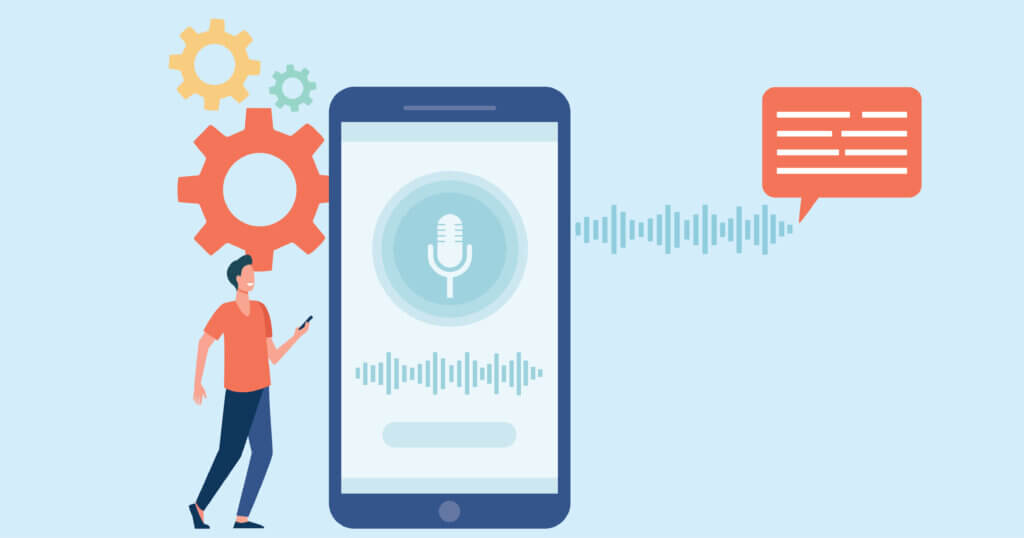
It is relatively easier to record and recognize the notes and pitch of a guitar or a piano but it’s much harder to interpret accents and the meaning/intent behind the speech.
Sound annotation and speech recognition is a part of audio annotations.
Speech and sound can be comprehended and recognized by bots and virtual assistants through machine learning but gathering relevant data and annotating it is the first step in the process.
Trusted by 500+ Clients
Get in Touch
We are here for you, and we are wearing our thinking caps

Benefits and application
-
Video annotation greatly benefits the transport and automobile sector and will enable better traffic management.
You might have heard that tesla self-driving cars are the future, the reason that they aren’t already here is that accurate annotation of many roads, pedestrians, animals, street signals are still a work in progress.
It takes more than just motion sensors for AI to drive the car.
-
An automated video surveillance enabled with a video labeling model can identify persons by recognizing facial features and can classify human actions/activities.
Audio annotation
If you’ve wondered how Siri, Alexa, and Google assistant recognize your voice / understand our language, it is due to audio annotations that make it possible for AI to make sense of the sounds we make.
Be it the sound of traffic, nature, vehicle movement, human conversation, or any other unnatural sound – it can be made understandable to machines.

It is relatively easier to record and recognize the notes and pitch of a guitar or a piano but it’s much harder to interpret accents and the meaning/intent behind the speech.
Sound annotation and speech recognition is a part of audio annotations.
Speech and sound can be comprehended and recognized by bots and virtual assistants through machine learning but gathering relevant data and annotating it is the first step in the process.
[/vc_column_text][/vc_column][/vc_row]
Trusted by 500+ Clients
Get in Touch
We are here for you, and we are wearing our thinking caps

Video annotation is a very long-drawn-out procedure since a 60-second clip could have thousands of frames and each object of each frame needs precise annotation.
Benefits and application
-
Video annotation greatly benefits the transport and automobile sector and will enable better traffic management.
You might have heard that tesla self-driving cars are the future, the reason that they aren’t already here is that accurate annotation of many roads, pedestrians, animals, street signals are still a work in progress.
It takes more than just motion sensors for AI to drive the car.
-
An automated video surveillance enabled with a video labeling model can identify persons by recognizing facial features and can classify human actions/activities.
Audio annotation
If you’ve wondered how Siri, Alexa, and Google assistant recognize your voice / understand our language, it is due to audio annotations that make it possible for AI to make sense of the sounds we make.
Be it the sound of traffic, nature, vehicle movement, human conversation, or any other unnatural sound – it can be made understandable to machines.

It is relatively easier to record and recognize the notes and pitch of a guitar or a piano but it’s much harder to interpret accents and the meaning/intent behind the speech.
Sound annotation and speech recognition is a part of audio annotations.
Speech and sound can be comprehended and recognized by bots and virtual assistants through machine learning but gathering relevant data and annotating it is the first step in the process.
[/vc_column_text][/vc_column][/vc_row]
Trusted by 500+ Clients
Get in Touch
We are here for you, and we are wearing our thinking caps

In the medical field, images such as CT scans and X-rays can be analyzed, human doctors will still play a part in the diagnoses to provide quality healthcare.
Video annotation
Similar to image annotation, video annotation helps machines recognize surrounding objects in motion with the help of computer vision.

Detection of moving objects is done with the help of a wide range of techniques such as polyline annotation, 3d cuboid annotation, polygon annotation.
Video annotation is a very long-drawn-out procedure since a 60-second clip could have thousands of frames and each object of each frame needs precise annotation.
Benefits and application
-
Video annotation greatly benefits the transport and automobile sector and will enable better traffic management.
You might have heard that tesla self-driving cars are the future, the reason that they aren’t already here is that accurate annotation of many roads, pedestrians, animals, street signals are still a work in progress.
It takes more than just motion sensors for AI to drive the car.
-
An automated video surveillance enabled with a video labeling model can identify persons by recognizing facial features and can classify human actions/activities.
Audio annotation
If you’ve wondered how Siri, Alexa, and Google assistant recognize your voice / understand our language, it is due to audio annotations that make it possible for AI to make sense of the sounds we make.
Be it the sound of traffic, nature, vehicle movement, human conversation, or any other unnatural sound – it can be made understandable to machines.

It is relatively easier to record and recognize the notes and pitch of a guitar or a piano but it’s much harder to interpret accents and the meaning/intent behind the speech.
Sound annotation and speech recognition is a part of audio annotations.
Speech and sound can be comprehended and recognized by bots and virtual assistants through machine learning but gathering relevant data and annotating it is the first step in the process.
[/vc_column_text][/vc_column][/vc_row]
Trusted by 500+ Clients
Get in Touch
We are here for you, and we are wearing our thinking caps

Image annotation is done to give the computer a vision, if you want a computer to identify a cat picture, you need to first feed it millions of cat images with precise accurate annotation, the computer vision will then report to us whether the object is a cat or not.
Benefits and application
-
Machine learning algorithms have become capable of detecting emotions by identifying and following annotated points on a facial expression through predictive reading.
-
Image annotation is also used in supermarkets to keep track of inventory on shelves, sorting of products in factories, thereby building a strong inventory management system. With the use of annotated barcodes and boxes, package handling – transportation and delivery has become a less tiresome task.
-
In agriculture, it provides aerial surveillance of the field, any irregular crop growth can be alerted to the farmer provided that healthier crop image annotation is performed accurately.
-
In the medical field, images such as CT scans and X-rays can be analyzed, human doctors will still play a part in the diagnoses to provide quality healthcare.
Video annotation
Similar to image annotation, video annotation helps machines recognize surrounding objects in motion with the help of computer vision.

Detection of moving objects is done with the help of a wide range of techniques such as polyline annotation, 3d cuboid annotation, polygon annotation.
Video annotation is a very long-drawn-out procedure since a 60-second clip could have thousands of frames and each object of each frame needs precise annotation.
Benefits and application
-
Video annotation greatly benefits the transport and automobile sector and will enable better traffic management.
You might have heard that tesla self-driving cars are the future, the reason that they aren’t already here is that accurate annotation of many roads, pedestrians, animals, street signals are still a work in progress.
It takes more than just motion sensors for AI to drive the car.
-
An automated video surveillance enabled with a video labeling model can identify persons by recognizing facial features and can classify human actions/activities.
Audio annotation
If you’ve wondered how Siri, Alexa, and Google assistant recognize your voice / understand our language, it is due to audio annotations that make it possible for AI to make sense of the sounds we make.
Be it the sound of traffic, nature, vehicle movement, human conversation, or any other unnatural sound – it can be made understandable to machines.

It is relatively easier to record and recognize the notes and pitch of a guitar or a piano but it’s much harder to interpret accents and the meaning/intent behind the speech.
Sound annotation and speech recognition is a part of audio annotations.
Speech and sound can be comprehended and recognized by bots and virtual assistants through machine learning but gathering relevant data and annotating it is the first step in the process.
[/vc_column_text][/vc_column][/vc_row]
Trusted by 500+ Clients
Get in Touch
We are here for you, and we are wearing our thinking caps

Image annotation
Image annotation is a technique used to create training data for computer vision.
In order for machines to perceive objects in their surroundings, annotated images are needed to train Machine Learning algorithms to learn to see the world as we do.
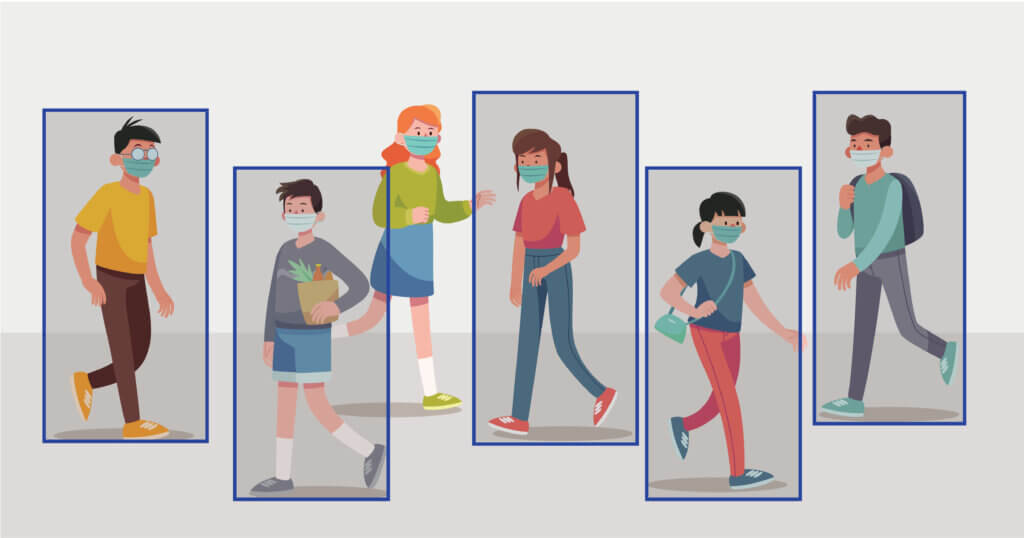
Image annotation is done to give the computer a vision, if you want a computer to identify a cat picture, you need to first feed it millions of cat images with precise accurate annotation, the computer vision will then report to us whether the object is a cat or not.
Benefits and application
-
Machine learning algorithms have become capable of detecting emotions by identifying and following annotated points on a facial expression through predictive reading.
-
Image annotation is also used in supermarkets to keep track of inventory on shelves, sorting of products in factories, thereby building a strong inventory management system. With the use of annotated barcodes and boxes, package handling – transportation and delivery has become a less tiresome task.
-
In agriculture, it provides aerial surveillance of the field, any irregular crop growth can be alerted to the farmer provided that healthier crop image annotation is performed accurately.
-
In the medical field, images such as CT scans and X-rays can be analyzed, human doctors will still play a part in the diagnoses to provide quality healthcare.
Video annotation
Similar to image annotation, video annotation helps machines recognize surrounding objects in motion with the help of computer vision.

Detection of moving objects is done with the help of a wide range of techniques such as polyline annotation, 3d cuboid annotation, polygon annotation.
Video annotation is a very long-drawn-out procedure since a 60-second clip could have thousands of frames and each object of each frame needs precise annotation.
Benefits and application
-
Video annotation greatly benefits the transport and automobile sector and will enable better traffic management.
You might have heard that tesla self-driving cars are the future, the reason that they aren’t already here is that accurate annotation of many roads, pedestrians, animals, street signals are still a work in progress.
It takes more than just motion sensors for AI to drive the car.
-
An automated video surveillance enabled with a video labeling model can identify persons by recognizing facial features and can classify human actions/activities.
Audio annotation
If you’ve wondered how Siri, Alexa, and Google assistant recognize your voice / understand our language, it is due to audio annotations that make it possible for AI to make sense of the sounds we make.
Be it the sound of traffic, nature, vehicle movement, human conversation, or any other unnatural sound – it can be made understandable to machines.

It is relatively easier to record and recognize the notes and pitch of a guitar or a piano but it’s much harder to interpret accents and the meaning/intent behind the speech.
Sound annotation and speech recognition is a part of audio annotations.
Speech and sound can be comprehended and recognized by bots and virtual assistants through machine learning but gathering relevant data and annotating it is the first step in the process.
[/vc_column_text][/vc_column][/vc_row]
Trusted by 500+ Clients
Get in Touch
We are here for you, and we are wearing our thinking caps

This can help the data collection companies understand the public opinion about them which can be of great help in steering the company in the right direction.
Image annotation
Image annotation is a technique used to create training data for computer vision.
In order for machines to perceive objects in their surroundings, annotated images are needed to train Machine Learning algorithms to learn to see the world as we do.

Image annotation is done to give the computer a vision, if you want a computer to identify a cat picture, you need to first feed it millions of cat images with precise accurate annotation, the computer vision will then report to us whether the object is a cat or not.
Benefits and application
-
Machine learning algorithms have become capable of detecting emotions by identifying and following annotated points on a facial expression through predictive reading.
-
Image annotation is also used in supermarkets to keep track of inventory on shelves, sorting of products in factories, thereby building a strong inventory management system. With the use of annotated barcodes and boxes, package handling – transportation and delivery has become a less tiresome task.
-
In agriculture, it provides aerial surveillance of the field, any irregular crop growth can be alerted to the farmer provided that healthier crop image annotation is performed accurately.
-
In the medical field, images such as CT scans and X-rays can be analyzed, human doctors will still play a part in the diagnoses to provide quality healthcare.
Video annotation
Similar to image annotation, video annotation helps machines recognize surrounding objects in motion with the help of computer vision.

Detection of moving objects is done with the help of a wide range of techniques such as polyline annotation, 3d cuboid annotation, polygon annotation.
Video annotation is a very long-drawn-out procedure since a 60-second clip could have thousands of frames and each object of each frame needs precise annotation.
Benefits and application
-
Video annotation greatly benefits the transport and automobile sector and will enable better traffic management.
You might have heard that tesla self-driving cars are the future, the reason that they aren’t already here is that accurate annotation of many roads, pedestrians, animals, street signals are still a work in progress.
It takes more than just motion sensors for AI to drive the car.
-
An automated video surveillance enabled with a video labeling model can identify persons by recognizing facial features and can classify human actions/activities.
Audio annotation
If you’ve wondered how Siri, Alexa, and Google assistant recognize your voice / understand our language, it is due to audio annotations that make it possible for AI to make sense of the sounds we make.
Be it the sound of traffic, nature, vehicle movement, human conversation, or any other unnatural sound – it can be made understandable to machines.

It is relatively easier to record and recognize the notes and pitch of a guitar or a piano but it’s much harder to interpret accents and the meaning/intent behind the speech.
Sound annotation and speech recognition is a part of audio annotations.
Speech and sound can be comprehended and recognized by bots and virtual assistants through machine learning but gathering relevant data and annotating it is the first step in the process.
[/vc_column_text][/vc_column][/vc_row]
Trusted by 500+ Clients
Get in Touch
We are here for you, and we are wearing our thinking caps

Sentiment and semantic annotation
This is a type of text annotation.
There are some particular jargon used in respective industries and limited to that space and thereby need to be interpreted within that context.
Data Annotation experts are needed to help with annotation to corner the meaning of the text.
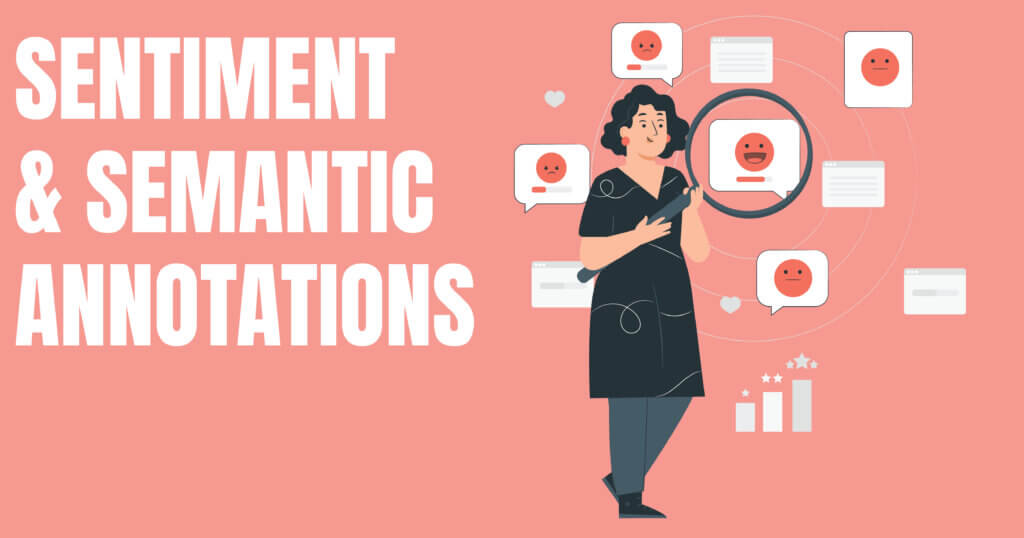
Brands can also use this type of annotation to determine the customer’s sentiment towards the brand, positive or negative by screening through comments on social media posts, reviews, emails, etc.
This can help the data collection companies understand the public opinion about them which can be of great help in steering the company in the right direction.
Image annotation
Image annotation is a technique used to create training data for computer vision.
In order for machines to perceive objects in their surroundings, annotated images are needed to train Machine Learning algorithms to learn to see the world as we do.

Image annotation is done to give the computer a vision, if you want a computer to identify a cat picture, you need to first feed it millions of cat images with precise accurate annotation, the computer vision will then report to us whether the object is a cat or not.
Benefits and application
-
Machine learning algorithms have become capable of detecting emotions by identifying and following annotated points on a facial expression through predictive reading.
-
Image annotation is also used in supermarkets to keep track of inventory on shelves, sorting of products in factories, thereby building a strong inventory management system. With the use of annotated barcodes and boxes, package handling – transportation and delivery has become a less tiresome task.
-
In agriculture, it provides aerial surveillance of the field, any irregular crop growth can be alerted to the farmer provided that healthier crop image annotation is performed accurately.
-
In the medical field, images such as CT scans and X-rays can be analyzed, human doctors will still play a part in the diagnoses to provide quality healthcare.
Video annotation
Similar to image annotation, video annotation helps machines recognize surrounding objects in motion with the help of computer vision.

Detection of moving objects is done with the help of a wide range of techniques such as polyline annotation, 3d cuboid annotation, polygon annotation.
Video annotation is a very long-drawn-out procedure since a 60-second clip could have thousands of frames and each object of each frame needs precise annotation.
Benefits and application
-
Video annotation greatly benefits the transport and automobile sector and will enable better traffic management.
You might have heard that tesla self-driving cars are the future, the reason that they aren’t already here is that accurate annotation of many roads, pedestrians, animals, street signals are still a work in progress.
It takes more than just motion sensors for AI to drive the car.
-
An automated video surveillance enabled with a video labeling model can identify persons by recognizing facial features and can classify human actions/activities.
Audio annotation
If you’ve wondered how Siri, Alexa, and Google assistant recognize your voice / understand our language, it is due to audio annotations that make it possible for AI to make sense of the sounds we make.
Be it the sound of traffic, nature, vehicle movement, human conversation, or any other unnatural sound – it can be made understandable to machines.

It is relatively easier to record and recognize the notes and pitch of a guitar or a piano but it’s much harder to interpret accents and the meaning/intent behind the speech.
Sound annotation and speech recognition is a part of audio annotations.
Speech and sound can be comprehended and recognized by bots and virtual assistants through machine learning but gathering relevant data and annotating it is the first step in the process.
[/vc_column_text][/vc_column][/vc_row]
Trusted by 500+ Clients
Get in Touch
We are here for you, and we are wearing our thinking caps

It is also used by hospitals and medical institutions for classifying documents, filing patient records, and enhancing medical research thereby saving valuable time and resources.
Sentiment and semantic annotation
This is a type of text annotation.
There are some particular jargon used in respective industries and limited to that space and thereby need to be interpreted within that context.
Data Annotation experts are needed to help with annotation to corner the meaning of the text.

Brands can also use this type of annotation to determine the customer’s sentiment towards the brand, positive or negative by screening through comments on social media posts, reviews, emails, etc.
This can help the data collection companies understand the public opinion about them which can be of great help in steering the company in the right direction.
Image annotation
Image annotation is a technique used to create training data for computer vision.
In order for machines to perceive objects in their surroundings, annotated images are needed to train Machine Learning algorithms to learn to see the world as we do.

Image annotation is done to give the computer a vision, if you want a computer to identify a cat picture, you need to first feed it millions of cat images with precise accurate annotation, the computer vision will then report to us whether the object is a cat or not.
Benefits and application
-
Machine learning algorithms have become capable of detecting emotions by identifying and following annotated points on a facial expression through predictive reading.
-
Image annotation is also used in supermarkets to keep track of inventory on shelves, sorting of products in factories, thereby building a strong inventory management system. With the use of annotated barcodes and boxes, package handling – transportation and delivery has become a less tiresome task.
-
In agriculture, it provides aerial surveillance of the field, any irregular crop growth can be alerted to the farmer provided that healthier crop image annotation is performed accurately.
-
In the medical field, images such as CT scans and X-rays can be analyzed, human doctors will still play a part in the diagnoses to provide quality healthcare.
Video annotation
Similar to image annotation, video annotation helps machines recognize surrounding objects in motion with the help of computer vision.

Detection of moving objects is done with the help of a wide range of techniques such as polyline annotation, 3d cuboid annotation, polygon annotation.
Video annotation is a very long-drawn-out procedure since a 60-second clip could have thousands of frames and each object of each frame needs precise annotation.
Benefits and application
-
Video annotation greatly benefits the transport and automobile sector and will enable better traffic management.
You might have heard that tesla self-driving cars are the future, the reason that they aren’t already here is that accurate annotation of many roads, pedestrians, animals, street signals are still a work in progress.
It takes more than just motion sensors for AI to drive the car.
-
An automated video surveillance enabled with a video labeling model can identify persons by recognizing facial features and can classify human actions/activities.
Audio annotation
If you’ve wondered how Siri, Alexa, and Google assistant recognize your voice / understand our language, it is due to audio annotations that make it possible for AI to make sense of the sounds we make.
Be it the sound of traffic, nature, vehicle movement, human conversation, or any other unnatural sound – it can be made understandable to machines.

It is relatively easier to record and recognize the notes and pitch of a guitar or a piano but it’s much harder to interpret accents and the meaning/intent behind the speech.
Sound annotation and speech recognition is a part of audio annotations.
Speech and sound can be comprehended and recognized by bots and virtual assistants through machine learning but gathering relevant data and annotating it is the first step in the process.
[/vc_column_text][/vc_column][/vc_row]
Trusted by 500+ Clients
Get in Touch
We are here for you, and we are wearing our thinking caps

Machines will need to understand the duality of words – “dying of laughter” is something the AI will have a tough time comprehending.
Hence it’s the job of the annotators to give proper sentiment to certain combinations of words and phrases.
Benefits and application
-
Chatbots being deployed by many companies are making it possible to communicate with each customer for building company reputation and customer loyalty.
Chatbots are equipped with the capability to solve customer queries need to recognize the textual query from the customer.
This is enabled via text annotation.
-
It can also be used by companies for the hiring and recruitment process, screening applicants via keywords picked up from their resumes can classify applicants based on skill and experience, profiling becomes faster and more efficient.
-
It is also used by hospitals and medical institutions for classifying documents, filing patient records, and enhancing medical research thereby saving valuable time and resources.
Sentiment and semantic annotation
This is a type of text annotation.
There are some particular jargon used in respective industries and limited to that space and thereby need to be interpreted within that context.
Data Annotation experts are needed to help with annotation to corner the meaning of the text.

Brands can also use this type of annotation to determine the customer’s sentiment towards the brand, positive or negative by screening through comments on social media posts, reviews, emails, etc.
This can help the data collection companies understand the public opinion about them which can be of great help in steering the company in the right direction.
Image annotation
Image annotation is a technique used to create training data for computer vision.
In order for machines to perceive objects in their surroundings, annotated images are needed to train Machine Learning algorithms to learn to see the world as we do.

Image annotation is done to give the computer a vision, if you want a computer to identify a cat picture, you need to first feed it millions of cat images with precise accurate annotation, the computer vision will then report to us whether the object is a cat or not.
Benefits and application
-
Machine learning algorithms have become capable of detecting emotions by identifying and following annotated points on a facial expression through predictive reading.
-
Image annotation is also used in supermarkets to keep track of inventory on shelves, sorting of products in factories, thereby building a strong inventory management system. With the use of annotated barcodes and boxes, package handling – transportation and delivery has become a less tiresome task.
-
In agriculture, it provides aerial surveillance of the field, any irregular crop growth can be alerted to the farmer provided that healthier crop image annotation is performed accurately.
-
In the medical field, images such as CT scans and X-rays can be analyzed, human doctors will still play a part in the diagnoses to provide quality healthcare.
Video annotation
Similar to image annotation, video annotation helps machines recognize surrounding objects in motion with the help of computer vision.

Detection of moving objects is done with the help of a wide range of techniques such as polyline annotation, 3d cuboid annotation, polygon annotation.
Video annotation is a very long-drawn-out procedure since a 60-second clip could have thousands of frames and each object of each frame needs precise annotation.
Benefits and application
-
Video annotation greatly benefits the transport and automobile sector and will enable better traffic management.
You might have heard that tesla self-driving cars are the future, the reason that they aren’t already here is that accurate annotation of many roads, pedestrians, animals, street signals are still a work in progress.
It takes more than just motion sensors for AI to drive the car.
-
An automated video surveillance enabled with a video labeling model can identify persons by recognizing facial features and can classify human actions/activities.
Audio annotation
If you’ve wondered how Siri, Alexa, and Google assistant recognize your voice / understand our language, it is due to audio annotations that make it possible for AI to make sense of the sounds we make.
Be it the sound of traffic, nature, vehicle movement, human conversation, or any other unnatural sound – it can be made understandable to machines.

It is relatively easier to record and recognize the notes and pitch of a guitar or a piano but it’s much harder to interpret accents and the meaning/intent behind the speech.
Sound annotation and speech recognition is a part of audio annotations.
Speech and sound can be comprehended and recognized by bots and virtual assistants through machine learning but gathering relevant data and annotating it is the first step in the process.
[/vc_column_text][/vc_column][/vc_row]
Trusted by 500+ Clients
Get in Touch
We are here for you, and we are wearing our thinking caps







